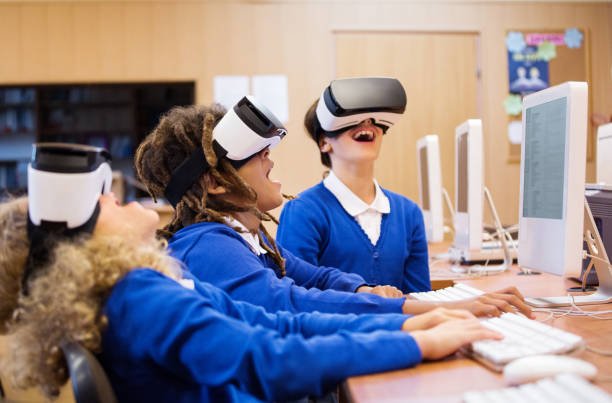Question: What are the similar smart technologies that are available in education?
Smart technologies have revolutionized the education sector by enhancing learning experiences, improving efficiency, and fostering engagement. Here are some similar smart technologies that are commonly used in educational settings:
Interactive Whiteboards
Explanation: These are digital boards used for teaching, which can be controlled through touch, digital pens, or other devices. They are an advanced version of traditional blackboards.
Use Case: Teachers can use interactive whiteboards to draw diagrams, display digital documents, and even run educational software, making learning more dynamic.
Learning Management Systems (LMS)
Explanation: An LMS is a software application that allows educational institutions to deliver content, track student performance, and manage e-learning programs.
Use Case: Students can access course materials, take quizzes, and communicate with teachers through the LMS, while educators can monitor student progress.
Virtual Reality (VR) and Augmented Reality (AR)
Explanation: VR and AR technologies provide immersive learning experiences by simulating real-world environments or overlaying digital information on the physical world.
Use Case: These technologies can be used for field trips to historical places, scientific experiments, and even medical training without leaving the classroom.
AI-Powered Educational Software
Explanation: Artificial Intelligence (AI) in educational software can personalize learning by analyzing each student’s needs and adapting content accordingly.
Use Case: For example, an AI-powered math program might offer more challenging problems to students who are excelling, while providing additional explanations and practice for those who are struggling.
Tablet and Mobile Learning Apps
Explanation: Tablets and smartphones can be used for educational purposes through various apps designed for learning, note-taking, and collaborative work.
Use Case: Students can use these apps to read e-books, take notes during lectures, or collaborate on group projects.
Student Response Systems (Clickers)
Explanation: These are hardware or software solutions that allow students to answer questions posed during lectures, providing immediate feedback to instructors.
Use Case: Teachers can use clickers to take attendance, conduct polls, or assess understanding of the lecture material in real-time.
These technologies share similarities in that they all aim to improve educational outcomes, foster engagement, and facilitate a more personalized learning experience. They are increasingly integrated into modern classrooms to meet the diverse needs of students and educators alike.





